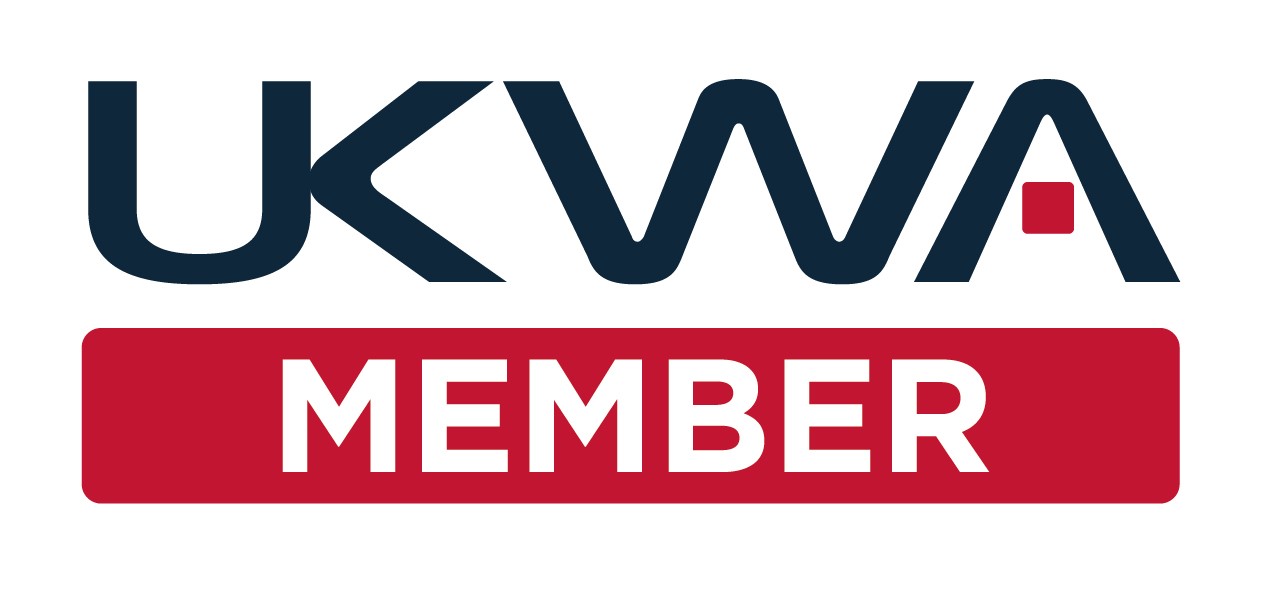Warehouse Location Labels: Business Value
Warehouse Location Labels: Business Value
Warehouse Location Labels: The Business Value
Labels are business-critical for efficient inventory management, especially when using a WMS
Warehouse location labels are business-critical for efficient inventory management and logistics operations, especially when using a warehouse management system (WMS). These labels are typically affixed to shelves, racks, or storage bins, to provide unique identifiers for each location. Correct labelling helps to ensure items are always stored in the right location and can be found quickly and easily by warehouse operatives and automation equipment. Well-designed labels therefore help to increase stock accuracy and can boost operational efficiency and productivity.
Labelling does not need to be complicated. In fact, it pays to keep things simple, consistent, and accessible so that the labels can be identified, read, and understood. In most warehouses, a well-designed location labelling system will use a combination of letters, numbers, and sometimes barcodes or QR codes to represent aisles, rows, columns, and specific shelf levels. For example, a label might read ‘A1-B2-C3’, where ‘A1’ refers to the aisle, ‘B2’ to the row, and ‘C3’ to the shelf. This clear and logical structuring allows warehouse staff to quickly pinpoint exact storage spots.
In most warehouses, a well-designed location labelling system will use a combination of letters, numbers, and sometimes barcodes or QR codes to represent aisles, rows, columns, and specific shelf levels.
Adding colour coding can be a good visual guide to the operator when placing and picking pallets. For example, a white label could denote a ground level location while a red label could signify something higher up. Some warehouse operators go further and give each aisle a distinctive name, often themed, with the aim of making it even easier for operatives to find their way around. For example, one warehouse named its aisles after 1950s “icons” including Elvis Presley and Marilyn Monroe. Famous footballers and film stars would also work.
One warehouse named its aisles after 1950s “icons” including Elvis Presley and Marilyn Monroe. Famous footballers and film stars would also work.
Barcodes and QR codes: Incorporating a barcode or QR code technology into labels enhances efficiency further, especially when the business is using a WMS. In fact, in most cases, the barcode will represent a machine-readable version of the label or location code but it can also include additional useful information. Hand-held and truck-mounted scanners can quickly read these codes as part of the process to manage stock movement and picking operations. The instantaneous nature of the scanning and task verification ensures that the WMS and other applications are updated in real-time with complete data accuracy. This in turn supports automated inventory tracking, reduces manual entry errors, and enables seamless stock management.

alphanumeric characters, 7089 numeric characters or 1817 Kanji characters.
Barcode positioning for error reduction: Many warehouses follow the good practice of alternating the position of the barcode on the label. For instance, in the example below the barcode is positioned at the bottom of the label, whereas the adjacent blue label as the barcode at the top of the label. Designing the label this way means there is less chance of scanning the wrong barcode.

Check digits: It is also good practice to add check digits to location labels. These improve accuracy and prevent mistakes because, although they are separate to the main code, both must be read successfully for the instruction or action to be authorised and completed. In many setting a check digit is presented in the form of a block of three system-generated randomised numbers. Most labels will contain three groups of check digits. WMS that use voice picking will instruct the picker to read back the correct check digit group to verify that the they are at the correct picking location. Some WMS also require the picker to read back the last three digits of the product barcode as an additional check to ensure the correct product has been picked. Ensuring the correct item is identified and picked is important in any setting but especially so for high value products and where stock traceability and provenance is critical for compliance reasons. This might include, for example, pharmaceuticals, aerospace components, military equipment, and many foods items.
Most labels will contain three groups of check digits. WMS that use voice picking will instruct the picker to read back the correct check digit group to verify that the they are at the correct picking location.
Proper labelling used in conjunction with effective processes, typically managed by a high-performance, enterprise-grade WMS like Principal Logistics Technologies’ ProWMS warehouse management software are particularly useful in large warehouses. In these environments, inefficiencies and errors can lead to significant disruptions, unplanned costs, and reputational damage associated with delivering the wrong item and then having to deal with returns and sending replacements. By clearly identifying storage zones and ensuring consistent labelling practices, warehouse operators can organise their layouts better to enhance accessibility and workflow. In doing so they not only improve operational efficiency but reduce overall costs savings while increasing customer satisfaction by ensuring timely and accurate order fulfilment.
Previous Article
The Benefits of Client Web Portals for a 3PL WMSWe'll assume you're OK with this, but you can opt-out if you wish.Accept Reject Read More






